The earliest movies capture a remarkable window into the dawn of filmmaking, when innovation and curiosity brought moving pictures to life. These films are a testament to how quickly cinema evolved from a simple curiosity to an influential medium. Each film, brief but groundbreaking, captures everyday life, staged scenes, or fleeting moments in history. These early films not only showcase rudimentary storytelling but also highlight the technical limitations and creativity of the time. Here are some of the oldest known films, each one marking a milestone in cinematic history.
Roundhay Garden Scene (1888)
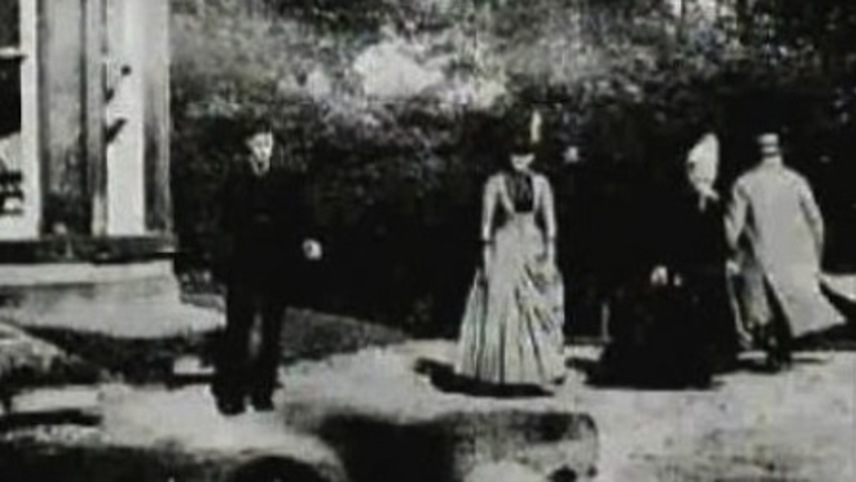
The Roundhay Garden Scene, shot in 1888, is widely regarded as the earliest surviving motion picture. Filmed by Louis Le Prince, this short scene captures family members walking in a garden in Roundhay, England. It runs for only about 2.11 seconds but stands as a groundbreaking piece of film history. This silent clip was recorded on a single-lens camera invented by Le Prince. It is now 136 years old and is a fascinating glimpse into life in the late 19th century. The film reflects both the simplicity of its content and the complexity of its technology. It remains an important artifact from the United Kingdom’s early cinematic attempts.
Dickson Greeting (1891)
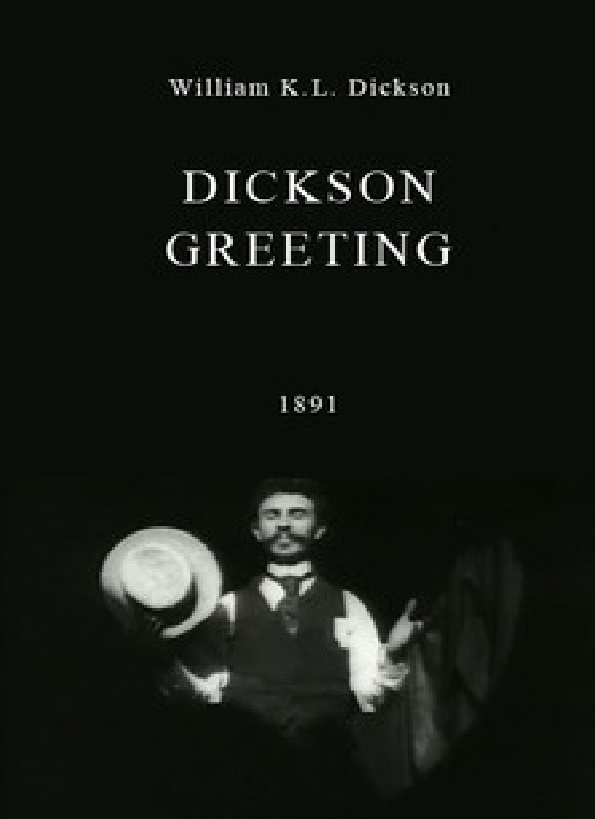
Dickson Greeting, created in 1891, is a short film directed by William K.L. Dickson. It’s known as one of the first films made for the Edison Company, showcasing Dickson himself waving to the camera. Lasting only a few seconds, it represents early experimentation in American film. Now 133 years old, it symbolizes the humble beginnings of what would become Edison’s motion picture industry. The film captures one of the earliest recorded “personal greetings” on camera. It marks a key point in American cinematic history and experimental filmmaking.
Monkeyshines, No. 1 (1890)
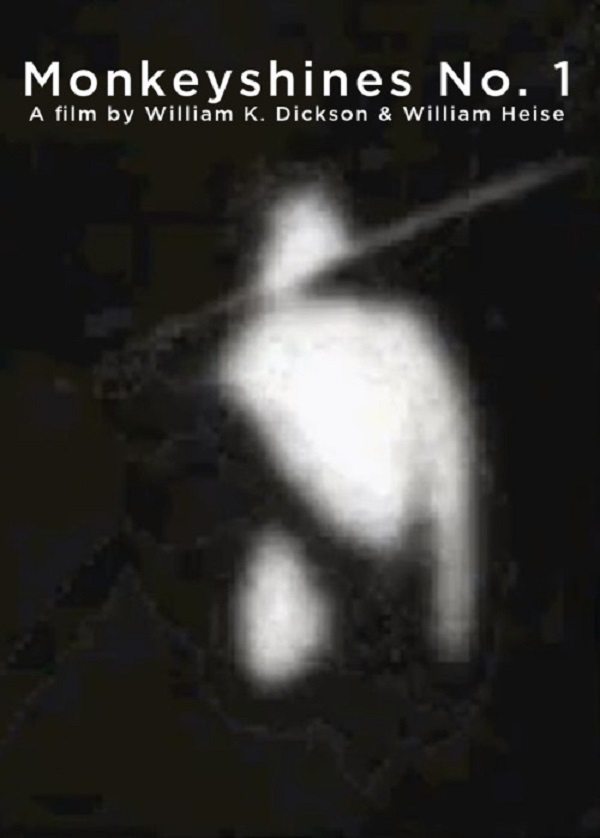
Monkeyshines, No. 1 was filmed in 1890 as part of an experiment by William K.L. Dickson and William Heise for Edison. The short, experimental film shows a blurred figure moving and was intended to test the Kinetoscope. Today, at 134 years old, it remains a pivotal experiment in developing moving picture technology in the United States. The aim was to capture human motion and test early recording equipment. Although rudimentary, it highlights the earliest steps in American cinema’s technological evolution.
Men Boxing (1891)
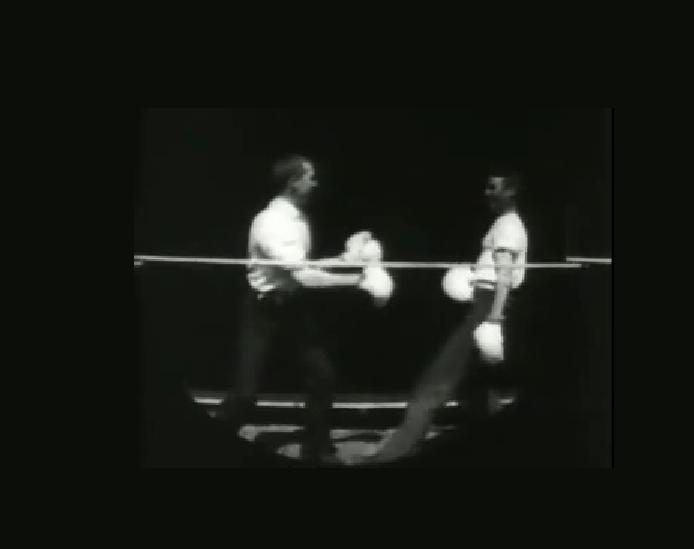
Men Boxing is a short film from 1891, depicting two men sparring in a boxing ring. Created by William K.L. Dickson for Edison, it captures sports in motion, a theme that fascinated early filmmakers. At 133 years old, it offers a unique view into the depiction of sports and physical activity in film’s early days. The clip is considered a key piece in documenting American boxing on film. It reveals how motion studies extended to capture various forms of physical performance and sport.
Newark Athlete (1891)

Newark Athlete was filmed in 1891 and shows an athlete performing acrobatic moves. Directed by William K.L. Dickson and William Heise for the Edison Company, it runs only a few seconds. Now 133 years old, this early glimpse into sports cinema is a vital piece of American film history. The film displays athleticism and agility through early motion recording techniques. The purpose was to capture natural motion in a controlled setting, emphasizing Edison’s interest in the scientific study of human movement.
Carmencita (1894)
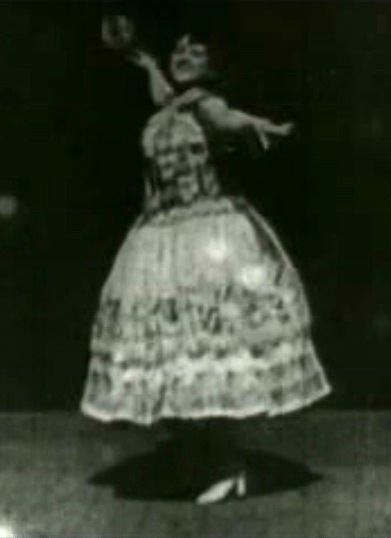
Carmencita was filmed in 1894 and features a performance by the Spanish dancer Carmencita. Directed by William K.L. Dickson for Edison, it is one of the earliest films showcasing a female performer. At 130 years old, it captures Carmencita’s energetic dance movements, highlighting entertainment as a theme in early cinema. The film represents one of the first performances by a woman recorded on film in the United States. It introduced audiences to cinematic dance performance and the visual appeal of filmed choreography.
The Execution of Mary Stuart (1895)
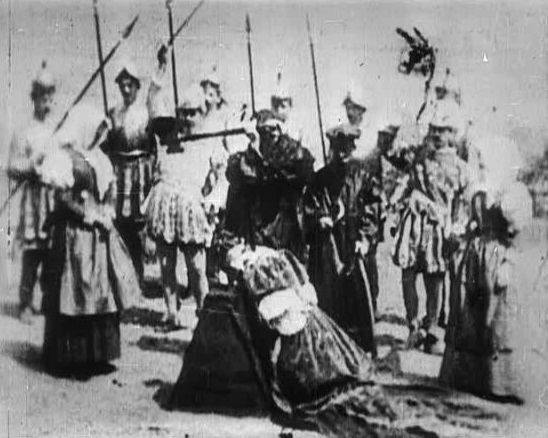
The Execution of Mary Stuart is a short, dramatic film from 1895, depicting the execution of Mary, Queen of Scots. Produced by Thomas Edison and directed by Alfred Clark, it runs for around 18 seconds. Now 129 years old, this film is a significant early example of special effects through a clever “cut” transition. It was made in the United States and is among the earliest reenactments in cinema. The scene shows a hooded executioner beheading Mary, played by an actor who is swiftly replaced by a dummy, a pioneering cinematic trick. This film is groundbreaking in its dramatic and technical execution.
Workers Leaving the Lumière Factory (1895)

Workers Leaving the Lumière Factory, filmed in 1895, is a simple yet historic short documentary by Auguste and Louis Lumière. It shows workers exiting a factory in Lyon, France, capturing an ordinary scene in motion. This film, now 129 years old, is considered the first-ever publicly screened motion picture. The Lumière brothers produced and directed this iconic footage, which is only about 45 seconds long. The film is notable for capturing a slice of daily life in late 19th-century France. It laid the foundation for documentary filmmaking, influencing generations of filmmakers.
The Sprinkler Sprinkled (1895)
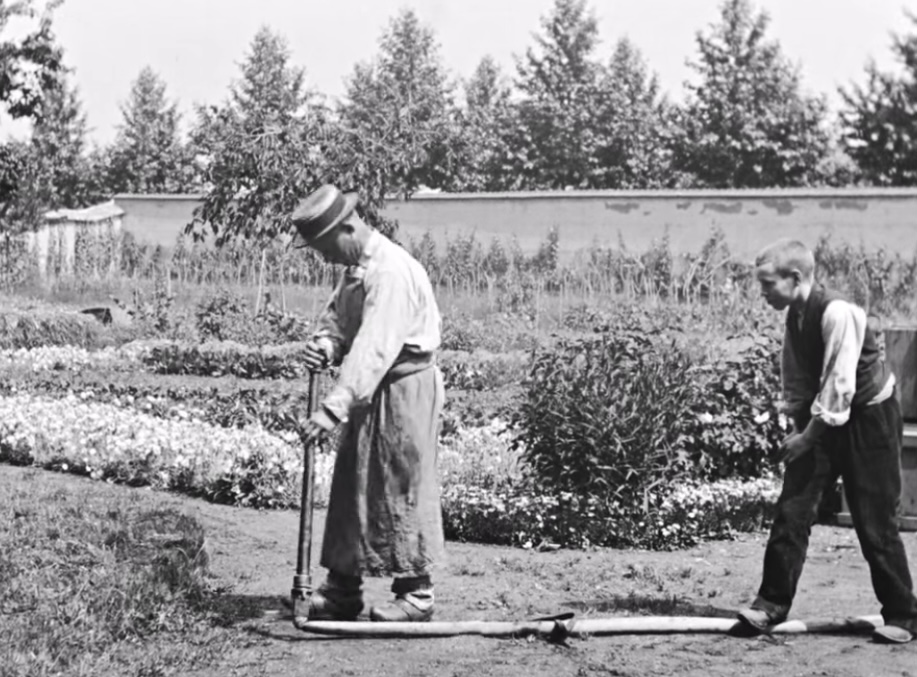
The Sprinkler Sprinkled (also known as L’Arroseur Arrosé) is a French comedy directed by Louis Lumière in 1895. This short film depicts a gardener being pranked when a young boy steps on his hose, causing the gardener to be sprayed. At 129 years old, it is recognized as one of the earliest narrative comedies in film history. Produced in France, it runs just under a minute but introduced the concept of staged humor. The Lumière brothers were pioneers of storytelling in this short scene, blending humor with simplicity. This film remains a classic example of early cinematic slapstick.
A Train Arrives at La Ciotat (1896)
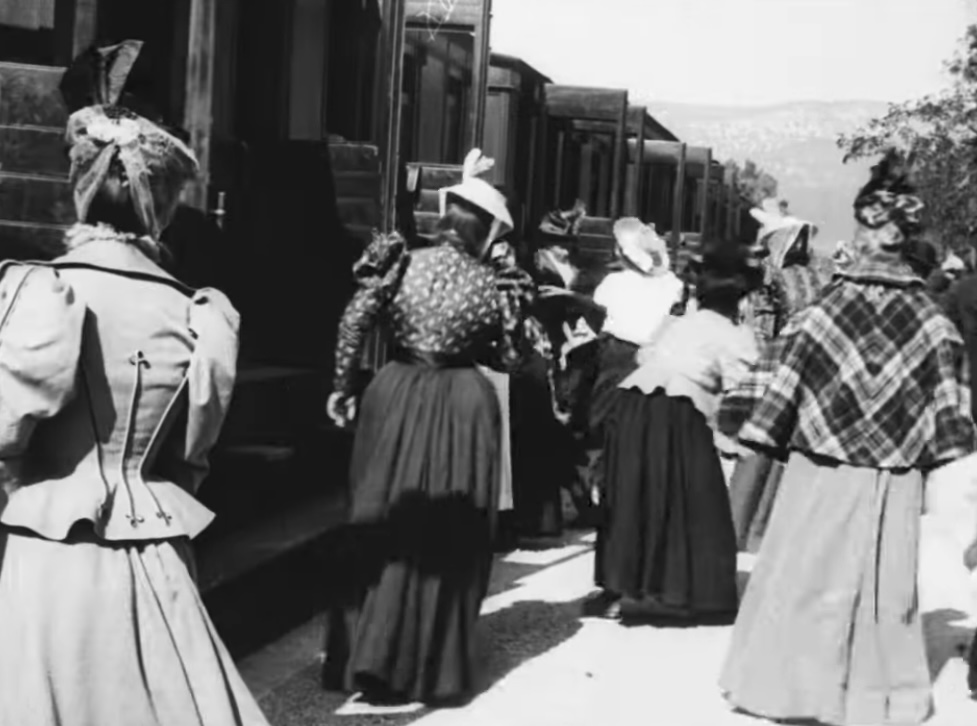
A Train Arrives at La Ciotat, directed by Auguste and Louis Lumière, was filmed in 1896 and portrays a train approaching the La Ciotat station in France. This film, now 128 years old, became famous for its realism and the reaction it provoked from early audiences. Many were reportedly startled, believing the train might come off the screen. The film lasts around 50 seconds and was one of the first to demonstrate cinema’s immersive power. The Lumière brothers produced it as part of their series of everyday-life films, capturing the awe of motion.
Le Manoir du Diable (1896)

Le Manoir du Diable, translated as The House of the Devil, is a 1896 film directed by Georges Méliès. This French film, now 128 years old, is considered the first horror movie, showcasing a devilish figure in a haunted house setting. It runs for around three minutes and was produced in France by Méliès himself, who is known for his innovative special effects. The film includes skeletons, bats, and other supernatural elements, establishing early horror tropes. This spooky, theatrical short is a prime example of Méliès’s imagination and pioneering style.
The X-Ray Fiend (1897)
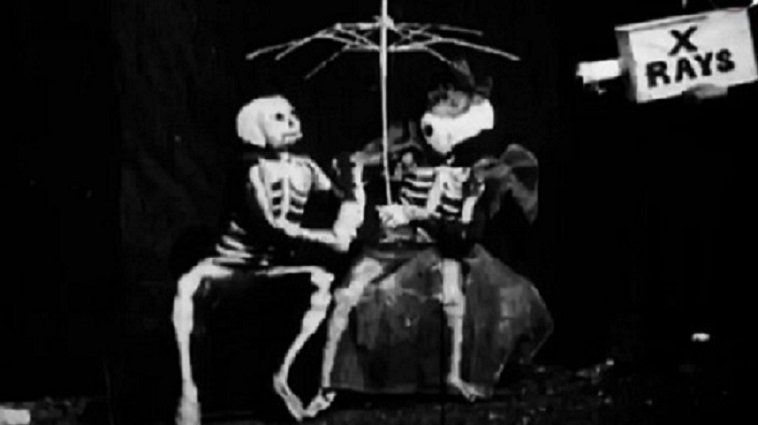
The X-Ray Fiend, produced in 1897, is a British comedy directed by George Albert Smith. This 127-year-old short film humorously portrays a couple under an “X-ray,” revealing their skeletons as they embrace. Running for only a few seconds, it showcases early British experimentation with film and special effects. The film’s visual play with the concept of X-rays was novel for its time. Smith’s creative approach combined science and comedy, making it an amusing look at technological fascination. It remains a fun, brief example of the early effects in British cinema.
A Trip to the Moon (1902)
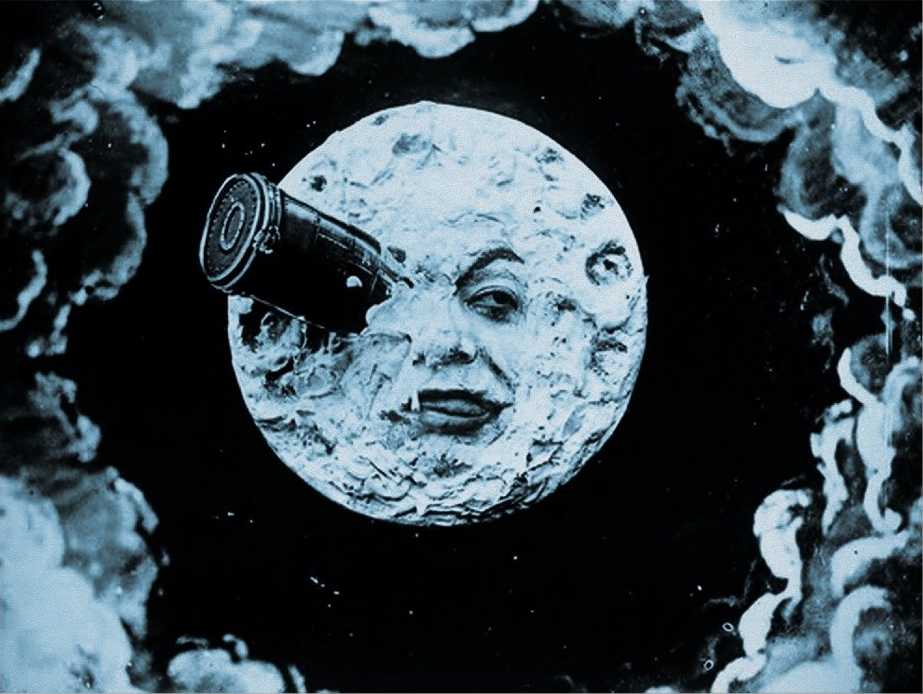
A Trip to the Moon, released in 1902, is a landmark French science fiction film directed by Georges Méliès. This 122-year-old film features an adventurous journey by a group of astronomers who land on the Moon and encounter extraterrestrial beings. With a runtime of about 14 minutes, it was groundbreaking in using special effects, such as the iconic shot of the Moon with a rocket in its eye. Méliès produced and starred in the film, showcasing his innovative use of visual storytelling and trick photography. The movie’s theatrical sets, whimsical costumes, and imaginative plot made it a sensation. It remains an iconic piece of cinematic history that influenced science fiction for generations.
The Great Train Robbery (1903)
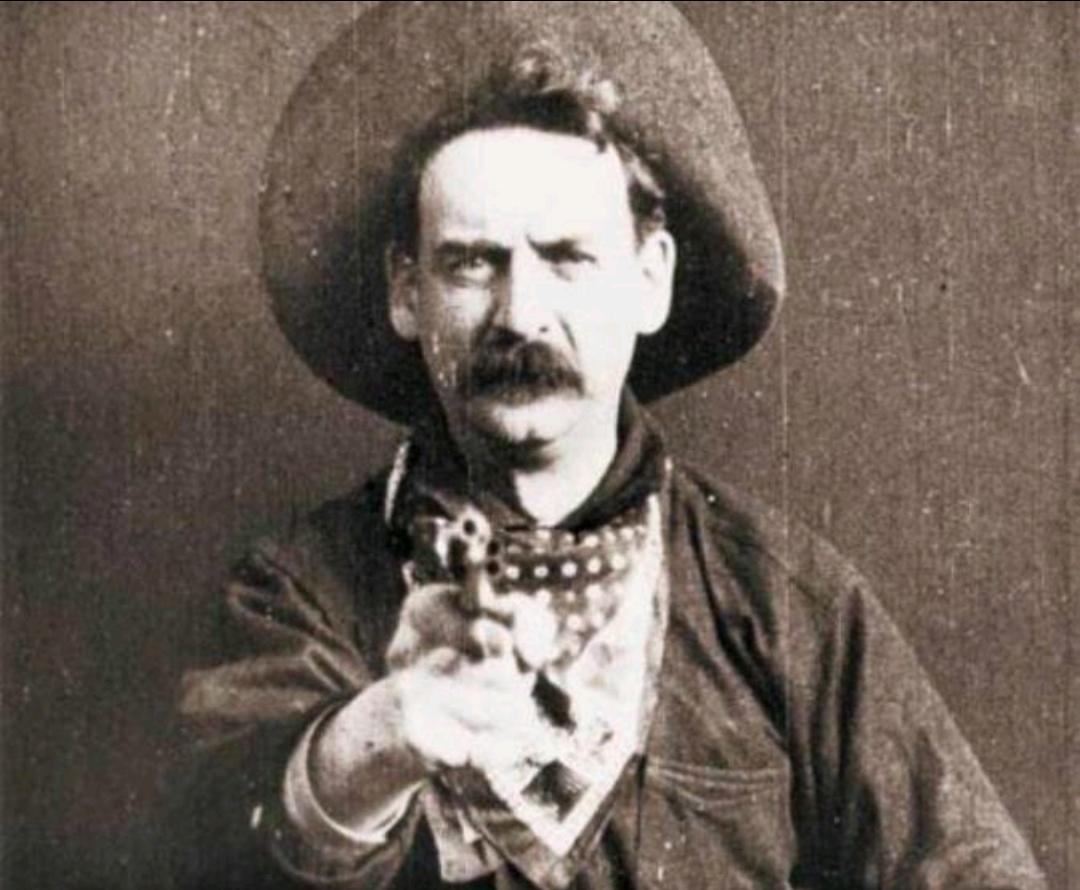
The Great Train Robbery, directed by Edwin S. Porter in 1903, is one of the earliest American narrative films. This 121-year-old Western depicts a train robbery, escape, and eventual capture of the outlaws, running for approximately 12 minutes. Produced by the Edison Manufacturing Company, it was one of the first films to use cross-cutting to show simultaneous action. The film’s realistic scenes and dynamic editing style set new standards for narrative structure in early cinema. Its famous ending, with a close-up of a bandit aiming at the camera, became iconic. The film is celebrated as a groundbreaking Western that introduced new techniques and captivated audiences.
This article originally appeared on Rarest.org.
More from Rarest.org
10 Largest Flying Birds in the World
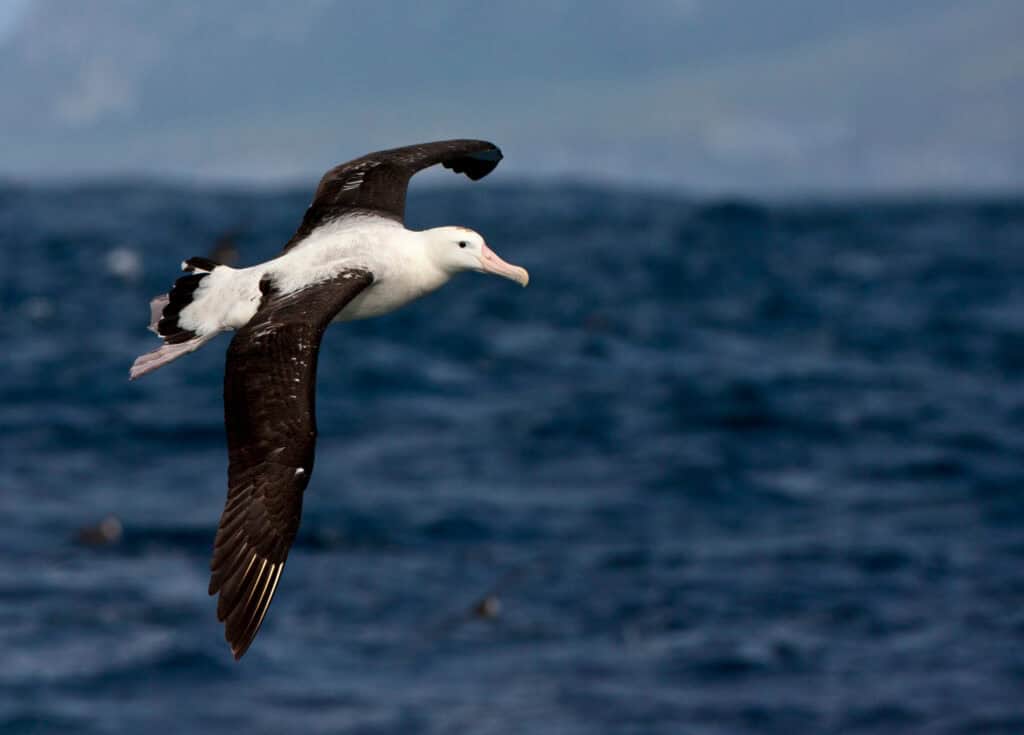
Birds are among the most fascinating creatures on Earth, and some of them are truly massive in size. Read More.
13 Exotic Amphibians That Are Surprisingly Tough and Resilient

Amphibians are often seen as fragile creatures, but many species are incredibly tough and have evolved to survive in some of the most challenging environments on Earth. Read More.
10 Oldest Churches in the World

Throughout history, churches have served as spiritual centers and architectural marvels, reflecting the religious, cultural, and historical significance of their time. Read More.
